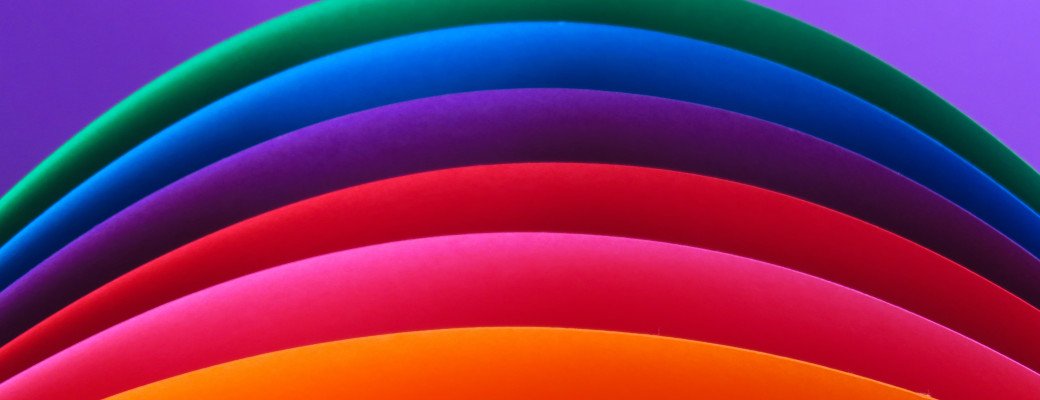
The human brain is a phenomenon. We always assume that we exercise great control over the purchases we make. Nevertheless, Zaltman's scientific study shows that 95% of our purchasing decisions are made unconsciously. This unconsciousness can often be traced back to a recognition of a particular color. In this blog, we will explore the meaning of colors and how they can influence purchase decisions.
The influence of color is often underestimated. In the buying process, 3 parts of our brain are relevant: the reptilian brain, the limbic brain and the neocortex. The limbic brain is the part responsible for emotions and recognition, it is often thought of as our "gut feeling". Color is one of the first things a person sees, and each color represents a particular emotion or characteristic. Most companies are aware of this, they make sure to consistently use the same 1 to 2 colors in their logo and corporate identity. 95% of logos consist of 1 to 2 colors. Blue (33%), red (29%), black (28%) and yellow (13%) are particularly common.
Colors can express different emotions. Consider companies such as Facebook and LinkedIn, which use the color blue because it represents authority, reliability and professionalism. Red especially exudes power, here you can visualize brands such as Ferrari and Jupiler. It is even used by Coca Cola to evoke thirst. Black is an elegant color, it exudes mystery, luxury and power. There is a downside to it though, as it can also provoke feelings of fear and grief. Especially brands that want to give themselves a luxurious look such as Chanel, Dior and Dolce & Gabbana use black. Yellow, on the other hand, is a cheerful, optimistic and vibrant color. Yellow is used to provoke pleasure in the observer. Consider companies such as McDonald's, Lay's and Subway.
So you can see how colors can play a big role. Therefore, it is important that when you want to create a logo, corporate identity or template that you consider what feeling you want to elicit. An appropriate combination of color and message can lead to additional purchases. A message that does not match the color can actually cause confusion or repulsion. For example, as a brand that strives to be environmentally conscious, you can have your promotional items printed in green.
Do you want to exude luxury? Then you can go for black. Do you want to encourage customers to make impulse purchases? Then it's best to choose a combination of warm colors such as red and orange/yellow. Orange is the subconscious call to action color. You can even match colors to your target audience, if you have a mainly male audience then use bright colors, a female audience prefers lighter colors. For extra information, check out our previous article about the importance of color.
Tip: In the PrintSimple webshop you can pick a category and filter it by color when you are looking for promotional items.